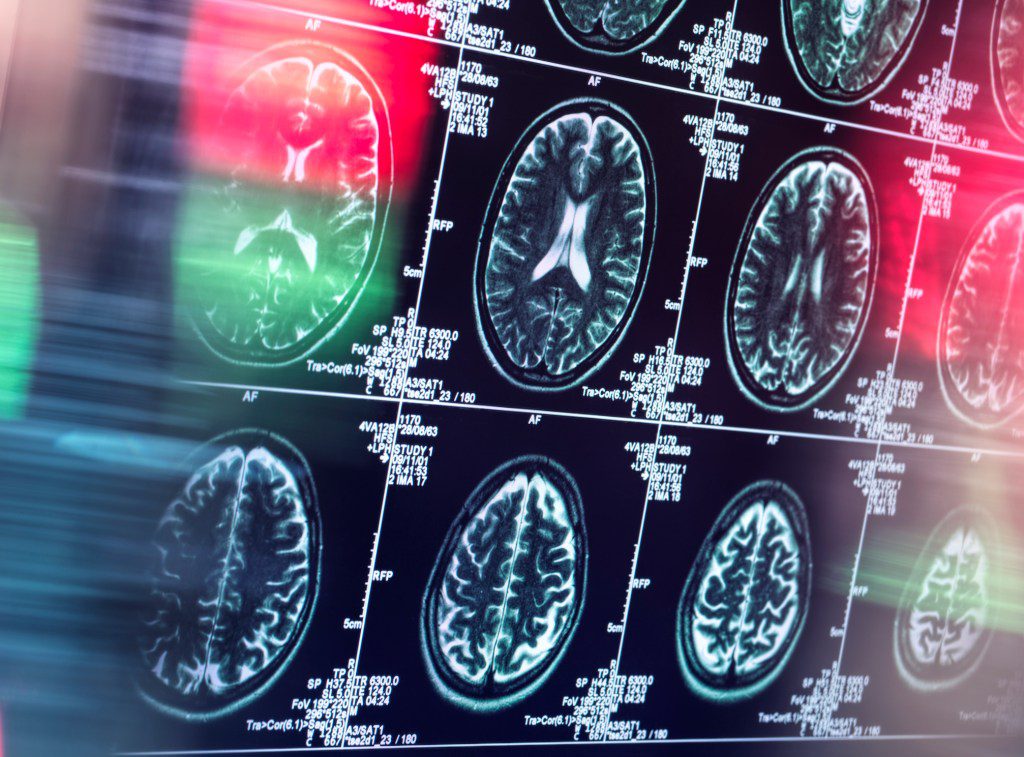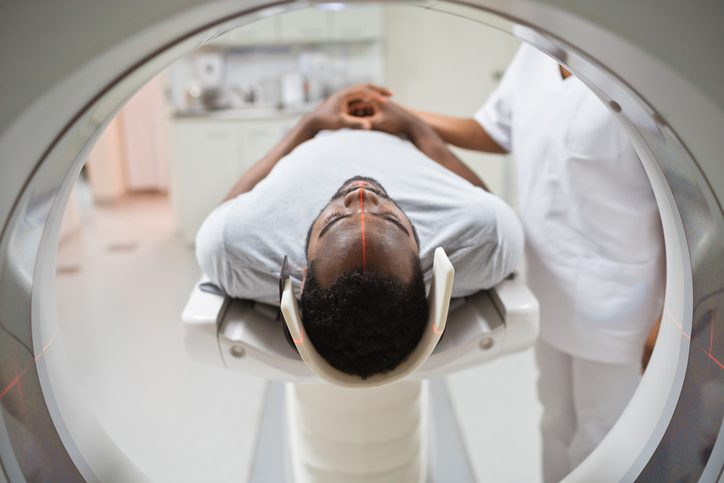Scientists are still unable to find the cause of ‘Havana syndrome’ after a study showed no evidence of brain injuries or abnormalities in those affected.
The strange syndrome first appeared in 2016, when US and Canadian embassy staff in Havana experienced a variety of unusual, unexplained health problems.
These included ringing in their ears, nausea, dizziness and loss of balance, issues with memory and concentration, light and sound sensitivities and irritability, along with a feeling of intense pressure or vibration in their head, described as nomalous health incidents (AHIs).
The latter in particular led to speculation they had been hit by a microwave weapon or directed-energy device, but this has never been proved.
However, cases of Havana syndrome have continued to plague US government employees.
As scientists struggle to explain these sudden sensations, a team of researchers at the National Institutes of Health (NIH) conducted a series of tests to see if they could find the root cause.
‘Our goal was to conduct thorough, objective and reproducible evaluations to see if we could identify structural brain or biological differences in people who reported AHIs,’ said Dr Leighton Chan, lead author on one of two papers published today.
However, despite all the testing, they are no step closer in finding out what causest the syndrome – as no MRI-detectable brain injury or biological abnormalities were found.
‘While we did not identify significant differences in participants with AHIs, it’s important to acknowledge that these symptoms are very real, cause significant disruption in the lives of those affected and can be quite prolonged, disabling and difficult to treat.’
The researchers looked at more than 80 US government employees and their adult family members, mostly stationed abroad, who had reported AHIs and compared them to matched healthy volunteers.
Both sets of participants underwent a range of clinical, auditory, balance, visual, neuropsychological and blood biomarkers testing, as well as MRI scans to look at the volume, structure and function of the brain.
There was no difference found in any of the tests, apart from certain self-reported measures.
Compared to controls, participants with AHIs reported significantly increased symptoms of fatigue, post-traumatic stress and depression.
From nearly every geographical area, 41% of participants in the AHI group met the criteria for functional neurological disorders or had significant physical symptoms.
Most of the AHI group with functional neurological disorders met the criteria to be diagnosed with persistent postural-perceptual dizziness, also known as PPPD.
These symptoms include dizziness, non-spinning vertigo and fluctuating unsteadiness caused by environmental or social interactions that cannot be explained by some other neurologic disorder.
Dr Louis French, a co-investigator in the study, said that the reported post-traumatic stress and mood symptoms are not unexpected considering the ongoing concerns of many of the participants.
These individuals have often experienced significant disruption to their lives and continue to worry about their health and future. This level of stress can greatly impact the recovery process.
According to the researchers, if the symptoms were caused by an external event, such as a directed-energy weapon, there are no persistent or detectable physical changes.
The research was conducted by scientists at the NIH Clinical Center over nearly five years and their findings were published in two papers in the Journal of the American Medical Association. Was a microwave weapon the cause?.













